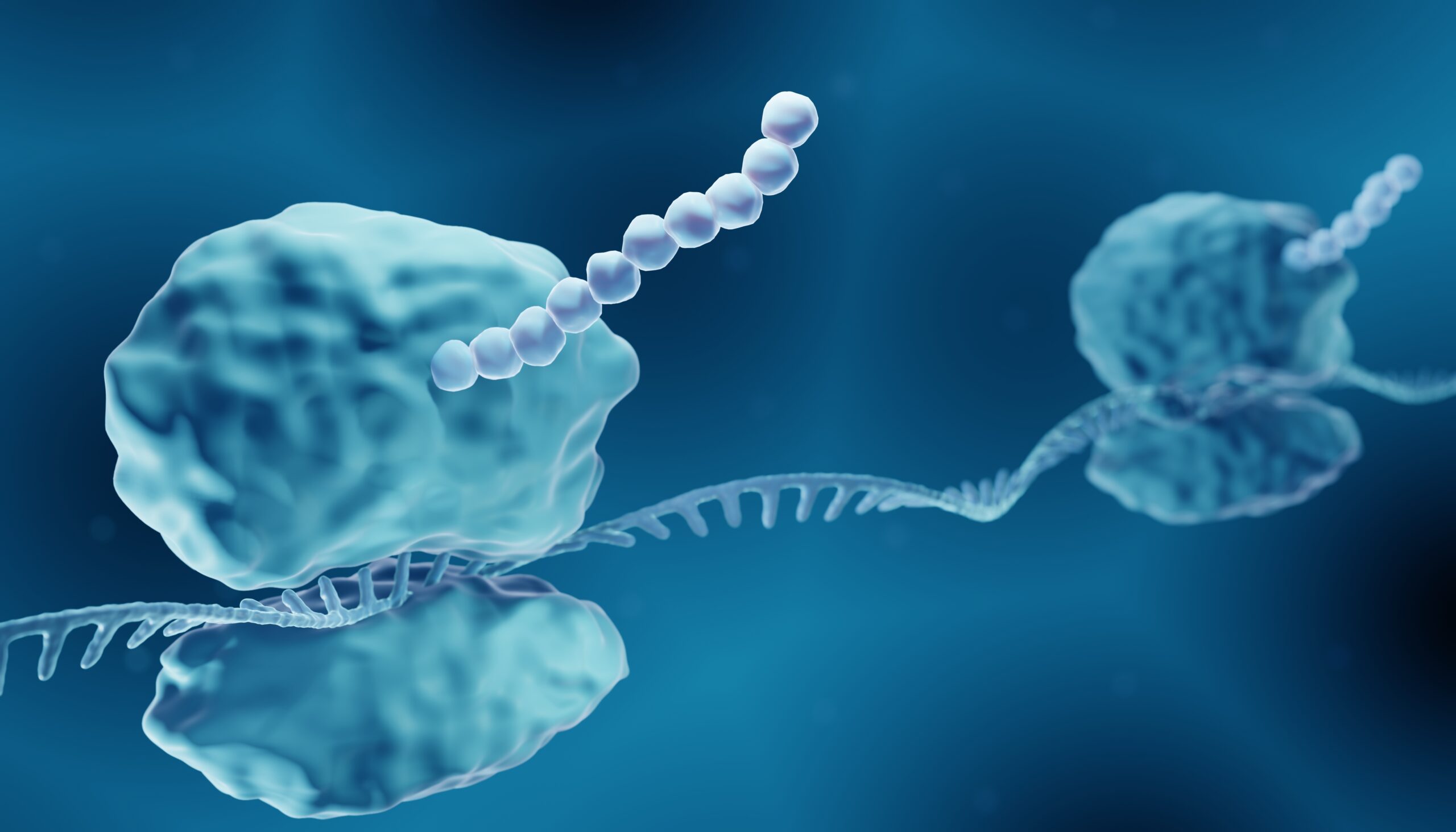In a new article in Disease Models & Mechanisms, the COST Action TEATIME welfare group, which includes the Mary Lyon Centre’s Hilary Gates, Sonia Bains, and Sara Wells, makes the argument for increased use of automated welfare and phenotypic analysis in animal research, while discussing the significant challenges that need to be overcome to realise the potential benefits of artificial intelligence (AI) and machine learning (ML) technologies and automation in animal research.
Since 2021, the COST Action TEATIME has brought together animal research professionals from across Europe to discuss the development of novel and emerging technologies that enable the 24/7 collection of data from animals in their home cages. Many systems have been developed that enable this home cage monitoring (HCM), ranging from sophisticated cages to fairly simple setups. The greatest advantage of these systems is that they allow 24/7 monitoring of animals in a non-intrusive way over extended periods of time, giving us the opportunity to see the early, subtle, or sporadic signs of disease or poor welfare that would likely be missed by brief daily checks. With AI/ML, we might be able to spot disease signatures in real time, so that we can intervene as early as possible.
However, numerous challenges must be overcome before this can become a straightforward undertaking. Aside from issues associated with the cost of setting up and maintaining the required equipment or storing the resulting data (which in itself is a considerable problem given the volume of data generated by 24/7 monitoring), one major challenge is in the training of AI systems to recognise disease signatures and limit false negatives or false positives. For this to work, normal ranges of behaviour need to be well enough understood, and AI systems need to be able to recognise disease indicators that are not constantly displayed. All of this requires a large quantity of data that we can feed into the AI/ML systems to train them.
On a technical level, as few labs will have the combined skill set to recognise animal behaviour and perform the coding needed to automate the data analysis, we need to encourage and enable more collaboration between animal researchers and the computer science community. For this to be interesting to computer scientists, we need to ensure that the data that can be used to train AI/ML systems is well annotated and high quality, is accessible and understandable, and that we have a clear and interesting scientific question to address. As sharing large volumes of data is itself a challenge, the HCM community should consider the creation of a new central repository for HCM data with shared reference datasets.
The article in Disease Models & Mechanisms ends on the following call to action that asks a few key stakeholders to consider the following points:
- Funding bodies
- Consider the value of large collections of data in the context of ‘big data’ experiments and invest in infrastructure, or provide access to existing infrastructure, to support the deposition of HCM data.
- When funding HCM in grants, consider how the data will be made available to the wider community in a useful format that will attract computer scientists, making this a prerequisite of this type of funding.
- Animal researchers
- Be clear about what you are trying to measure and how you will know you have measured it successfully.
- Prior to data collection, establish a comprehensive set of metadata and a unified data format that will be followed throughout the experiment.Be prepared to use your expertise to annotate data and share this annotation with others. Do not underestimate the resources required to do this. Equally, do not undervalue the upside of doing so.Work with your institutions to adopt a spirit of openness and collaboration, enabling greater data sharing.
- Support access and training for changing paradigms in animal monitoring.
- Data scientists
- Clarify your needs and requirements in terms of unified datasets.
- Build semi-automatic annotation tools to get the most out of expert inputs.
- Engage with the community to enable these exciting developments to become reality.
If we invest in collaboration, openness, and data infrastructure, we can revolutionise animal research.



